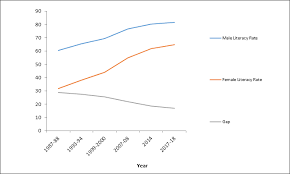
C Rangarajan (former Chairman, Prime Minister’s Economic Advisory Council) and J K Satia (Professor Emeritus, Indian Institute of Public Health) argue that there is an urgent need to reach young people both for reproductive health education and services as well as to cultivate gender equity norms.
Daily Current Affairs Quiz 2020
Key-Points
This is because Fertility has been declining in India for some time now.
The Sample Registration System (SRS) Statistical Report (2018) estimated the Total Fertility Rate (TFR), the number of children a mother would have at the current pattern of fertility during her lifetime, as 2.2 in the year 2018.
Fertility is likely to continue to decline and it is estimated that replacement TFR of 2.1 would soon be, if not already, reached for India as a whole.
But the most troubling statistics in the SRS report are for sex ratio at birth. Biologically normal sex ratio at birth is 1,050 males to 1,000 females or 950 females to 1,000 males.
The SRS reports show that sex ratio at birth in India, measured as the number of females per 1,000 males, declined marginally from 906 in 2011 to 899 in 2018.
There is considerable son preference in all states, except possibly in Kerala and Chhattisgarh. The UNFPA State of World Population 2020 estimated the sex ratio at birth in India as 910, lower than all the countries in the world except China.





